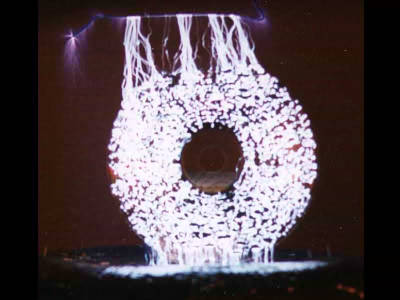3D printer "Solar Sinter" which dissolves sand with sunlight to make solid object

How can we solve the shortage of energy and substances that we will visit in the future? That's why we focused on the possibility of sand and sunlight overflowing in the Sahara "Solar Sinter Project"is. Using a special 3D printer, melt the sand by applying light, create complicated three-dimensional objects and bowls.
Main: markus kayser
http://www.markuskayser.com/

You can see the 3D printer from the following movie.
Markus Kayser - Solar Sinter Project on Vimeo
A man pulling a huge device slacking in the desert.

Assemble the device in the middle of the desert.

When completed it is like this. The solar panel installed below is the place where three-dimensional objects are made in the middle of the device, the solar tracking device andFresnel lensIs installed.

Turn on the power next to the gigantic device.

By the way this is an office.

I will irradiate the sun's light above the flat sand. This is called powder sintering laminate molding method (SLS method), in which the powder is sintered directly with a high power laser beam.

Sometimes plus sand from the top ... ...

Light the light while flattening the sand.

Smoke came up from the sand.

Looking up, you can see that the sand melts soon.
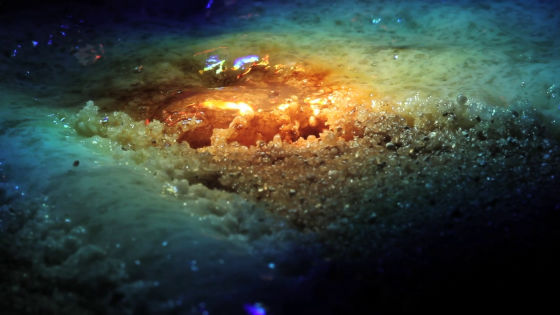
I will pull a bit to see it.

When light is cast, it is sand which rises with Mokomoko.
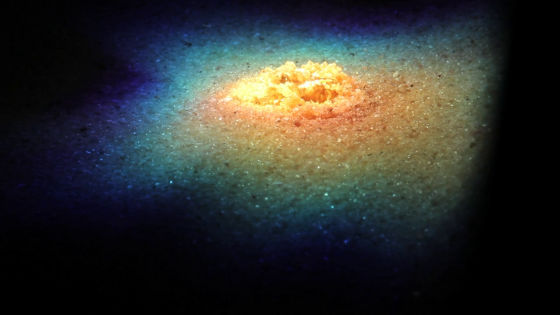
And it drooled and liquefied.
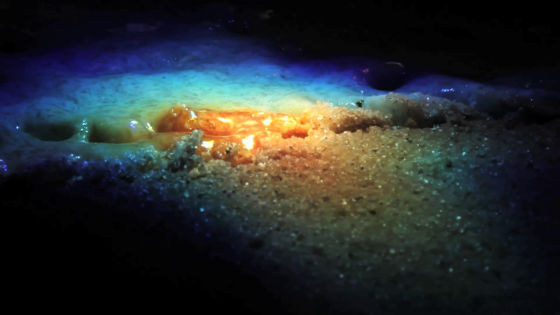
I will change the place to irradiate sunlight like drawing a picture on the sand.
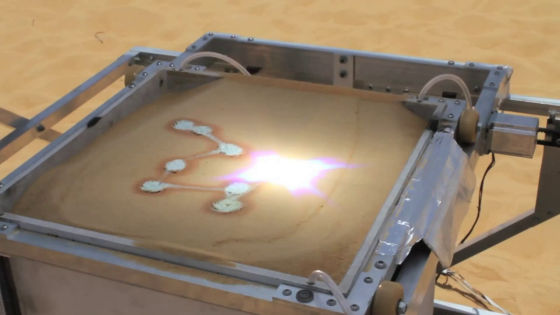
Three-dimensional objects will be like this.
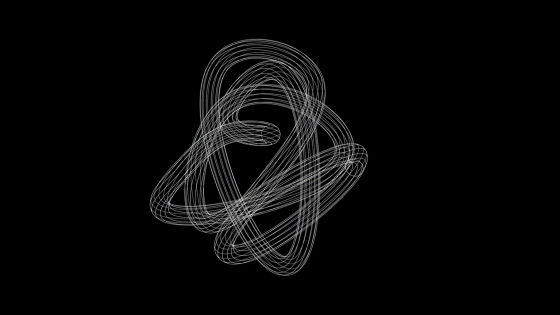
When irradiation is over, I will gently squeeze the sand.

Appearance of three-dimensional objects gradually becoming apparent.
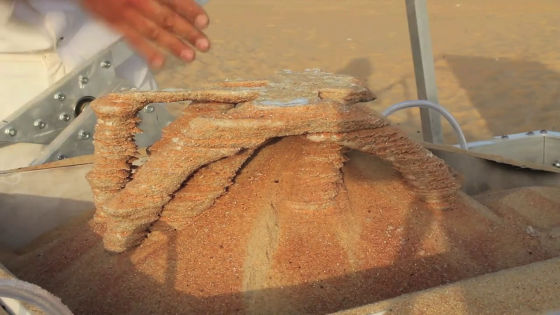
Although the sun has fallen completely, when taking out three-dimensional objects it is like this.
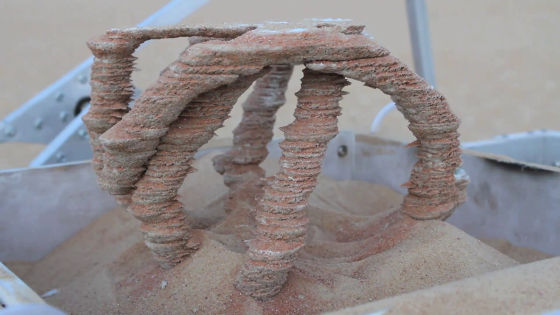
Furthermore, I will draw a circle on the sand.

Repeat alternately repeat the irradiation and the sand removing operation.
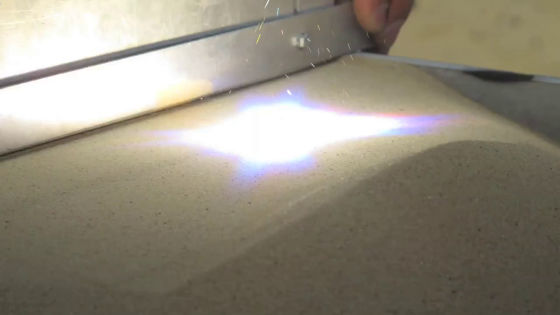
Here too digging out work gently.
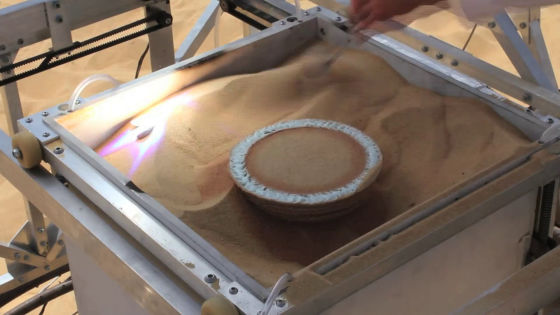
I will pay extra sand.
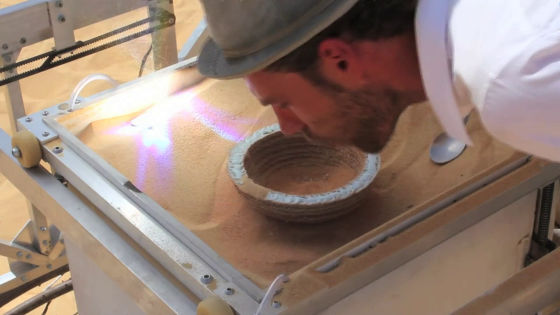
It was completed.
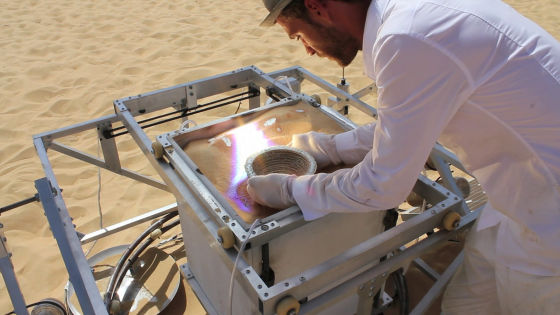
When the sun sets, the project ends.
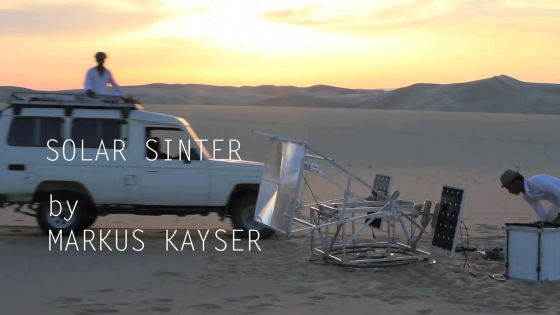
The project isRoyal College of ArtBy master 's students. According to Markus Kayser who conducted the experiment, this project did not give an answer to the problem, but he wanted to show a new way of thinking about energy problems.
Related Posts:







